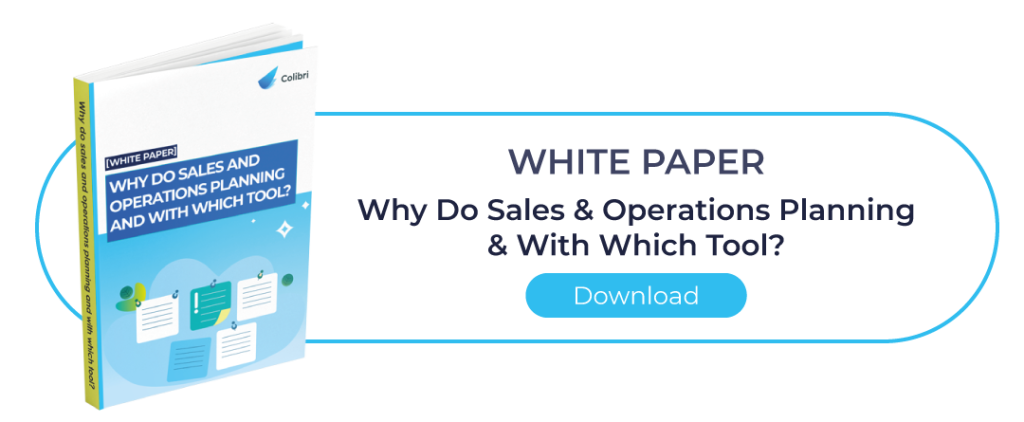Procurement is a strategic link in the supply chain for manufacturers and retailers. If the supply process is inefficient, shops may run out of products on the shelves and be unable to meet demand. To avoid stock-outs, manufacturers sometimes resort to emergency repairs. But this is expensive and can create tensions. Fortunately, there are solutions to prevent this.
Emergency breakdowns: what causes them?
Even before seeking to reduce emergency breakdowns, it is crucial to identify their causes to address the root cause. Emergency breakdowns occur in response to poor supply management. There are 3 leading causes for this:
- Poor identification of needs: customers buy more goods than expected, which requires replenishment. Thus, poor sales forecasts can lead to emergency breakdowns to cover unanticipated demand.
- Lack of anticipation: some suppliers have extended lead times, especially geographically distant ones. If supplies are not sufficiently anticipated, the supply chain may be forced to use alternative sourcing with a shorter lead time. This type of breakdown service often costs more than the initial supply.
- Lack of supplier reliability: cancellation of orders, late delivery, missing or defective products, etc. If the supplier’s reliability leaves something to be desired, the company will have to restock urgently to make up for the mistakes.
Being able to identify these causes to better correct them: this is what is at stake in your supply chain procurement strategy. To achieve this, follow these 5 tips!
5 tips to avoid emergency breakdowns
1. Managing your supplies
To avoid emergency breakdowns, it is first necessary to manage its supplies. This management is based on three main elements:
- Managing the lead time of supplies: to optimise its supply chain and avoid emergency breakdowns, the objective is to know and anticipate the lead time of the various suppliers (to know precisely which supplier has which lead time until when it is possible to place an order, etc.) and to have alternative sourcing flows (if the lead time of the main supplier no longer allows an order to be placed, the company needs to know which other supplier can cover its demand within acceptable timescales and costs). The companies that go furthest in this approach are now discussing managing variable lead times over time. For example, considering confinements or periods such as the Chinese New Year, differentiating between the supplier’s production lead time, the platform’s dispatch schedule and the transport lead time.
- Measure the Supplier Reliability KPI: The supplier reliability rate is calculated by comparing the number of deliveries that meet all requirements with the total number of deliveries. Keeping an eye on this KPI allows you to evaluate the performance of your suppliers to maintain efficient partnerships.
- Measuring the product defect rate: an acceptable percentage of products with a defect should be defined and reported on the total goods delivered by a single supplier. If this rate is not satisfactory, your supplier is jeopardising the efficiency of your supply. In the most advanced supply management, some companies negotiate production capacities with suppliers and therefore choose the finite capacity allocation of the supplier resource. Lead time is also impacted by the management of queues generated by this level of planning.
2. Setting up a safety stock
Safety stock is necessary for the smooth running of many companies. Its role is to mitigate all the risks that could disrupt stock management: demand behaviour, shortages, production delays, supply delays, etc. The safety stock allows you to deal with the unexpected: you do not have to trigger emergency breakdowns. You can draw on your safety stock. Safety stock will be even more powerful if it is dynamic and calculated according to seasonality, target service rates and uncertainty rates on forecasts and suppliers. This ensures you have additional flexibility to respond effectively to demand and its variability.

3. Working with exceptions
While emergency repairs can prevent a breakdown, they add costs to your business and create stress and strain. When many references need to be serviced, there is a trade-off between effort and benefit.
Some references are less strategic than others for your business and your customers. You can therefore establish management rules by exception, by carrying out repairs only on your most strategic references, for example. To determine these exceptions, you can rely on several methods. Here are 2 frequently used examples:
- The ABC method: This classification method allows you to identify strategic products quickly. Each class (A, B or C) represents a percentage of your turnover, with A being the highest (usually 80% of turnover). You will need to focus your stocking strategy on this particular category and perhaps leave the troubleshooting on C products.
- The product life cycle: The life cycle of a product includes all the phases it goes through, from its launch to the end of its marketing. Products in the launch and maturity phase (high demand) may be preferred for troubleshooting rather than those in the decline phase (lower demand).
4. Improve the reliability of its forecasts
Sales forecasts must be optimised to avoid stock-outs and, therefore, emergency repairs. Improving these forecasts helps to better plan supplies to avoid stock-outs: having more stable projections allows you to anticipate supplies further upstream and prevent stock-outs and costly breakdowns.
Also, monitor your average forecast error percentage and factor business assumptions into your sales forecast.
5. Adopt an intelligent S&OP tool
The best advice for successful forecasting and avoiding emergency procurement is to turn to an intelligent S&OP tool. It will allow you to :
- Controlling the planning load: thanks to a 12 to 24-month strategy, S&OP enables management to be anticipated in the right orders of magnitude.
- Reduce cycles: better control generates fewer emergencies, fewer last-minute operations, alternative flows, and order splitting.
- Improving the reliability of forecasts: a better vision of the future enables a more efficient strategy to be put in place and, by extension, better control of stock levels and supply flows.
- Controlling stocks: thanks to a global and shared vision, S&OP enables you to gain relevance in stock management to avoid stock-outs and emergency repairs.
Colibri is an intelligent Sales and Operations Planning tool that helps you find the ideal stock level for each product and anticipate your supplies. This way, you avoid stock-outs that lead to emergency breakdowns! Colibri automatically produces seasonal forecasts for the year. The tool gives you a global view of your supply needs over the long term. Contact us to find out more!






